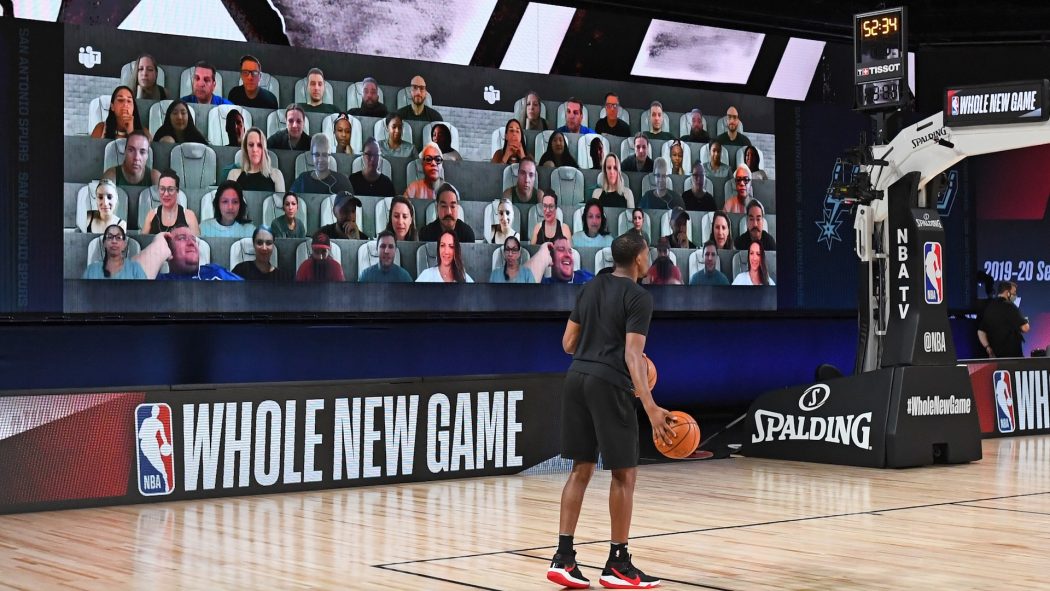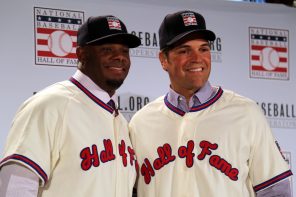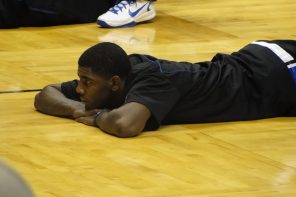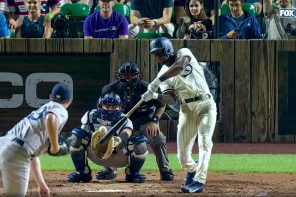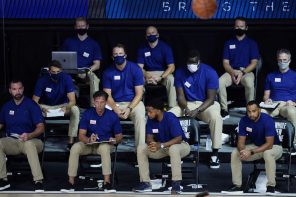The resumption of sporting events during this pandemic undoubtedly pleased billions of fans around the world itching to see their favourite teams and players return. We have witnessed the end and start of a new NBA season, a shortened MLB season, a seemingly smooth NFL season (go Buffalo), the return of hockey for its 2021 swing, and a new year of competition for many other sports. Unlike the seasons that resumed directly following the first “wave” in North America, leagues have now had a chance to adjust and plan appropriate safety measures to ensure an even smoother regular season in the COVID-19 era. Most leagues, such as the NBA and NFL, have allowed teams to play in their home arenas and for the league schedule to remain roughly similar to normal years. However, this brings up a serious dilemma: some jurisdictions throughout the United States currently allow for varying degrees of in-person fan attendance while other cities and states do not allow any. This complicates the accepted notion of home-court advantage, which results in the home team winning roughly 60% of games, such as in the NBA.
If there are no fans in the stands, does home court advantage hold up? In all likelihood, the answer is a resounding no. Studies show that the advantage of playing in one’s own stomping grounds principally is that the referees’ officiating slightly biases the home team. In a study carried out in the NBA from 2003-2011, it was determined that refs called an average of 22.15 fouls per game against the away team, while only calling 21.143 fouls against the home team. That one foul can make a significant difference, especially if these discrepancies happen during the end of a game when the home crowd is particularly vocal. The other reason teams tend to do better in their home city is psychological. Players simply feel more comfortable playing at home, whether that is due to the fans or the general home sense, the fact remains.
If there are no fans in the stands, does home court advantage hold up?
In the NFL this season, away teams were 130-129. The fact that fans could not attend games in most places or faced limited capacity restrictions nullified home court (or field) advantage. Despite this reduction, the fact that some teams have the luxury of playing in cities with fans allowed puts a curious thought in the head of every fan who has to watch their team slug through games fanless. For the sole two Canadian franchises in three all-American leagues, the Toronto Raptors and the Toronto Blue Jays may be feeling the brunt of the pandemic. The Canadian government denied both teams the clearance to play at the Scotiabank Arena and the Rogers Centre respectively, forcing the franchises to find places to play south of the border. The Blue Jays chose Sahlen Field in Buffalo, home of the Jays’ AAA affiliate the Bisons. The impact of proximity coupled with the fact that most American jurisdictions were not allowing fans during that first wave last summer, helped mitigate the impact of the Jays doing a double session of baseball camp all summer.
The Toronto Raptors do not have a luxury similar to that of Sahlen Field. When the preparations for the 2020-2021 NBA season rolled around in the fall, the Raptors desperately sought clearance to play at home, only to be tragically rejected by the Canadian government over valid COVID-19 concerns. Tampa, Florida was eventually chosen as the temporary residence of the Raptors organization, with the team playing “home” games out of Amalie Arena, the home of the Tampa Bay Lightning, for at least the first half of the NBA season. Without even addressing the impact of players, coaches, and organizational personnel having to uproot for many winter months to a city in Florida like some Richmond Hill snowbirds, the situation of playing in Tampa is detrimental for the team’s performance. Per earlier Florida regulations, the Raptors began the season with up to 3,800 fans each home game, and as one of just about six teams allowing fans in the stadium, one would think this an advantageous move for the Raptors. From the first “home” game, however, it was clear that fans were largely showing up to support the team that the Raptors were playing against, rather than the Dinos themselves. On Jan 9, the Vinik Sports Group, owner of the Lightning and Amalie, announced that there would be no fans until at least Feb 5, going further than state guidelines (the Orlando Magic are currently allowing 4,000 fans). Most likely, this move was done to help curb the spread of COVID-19, as we all should be trying to do, but one cannot help but see this as a response to the limited number of red jerseys in the stands. Going forward, the Raptors will continue to play in a fan-less arena away from home, and the franchise is going to be as proactive as possible to keep the players content during this difficult season.
To return to the question of home-court advantage, the fan disparities between cities still remains a significant problem moving forward. How is it fair for certain teams to benefit from fan support while others don’t? How will things change as case numbers trend down and restrictions are eased unevenly across the US and Canada? These are questions that ought to be addressed by league officials just as much as the actual scheduling and testing processes they have prioritized so far. In the meantime, all the best to the Raptors, who will have to continue to fight down in the Sunshine State, and pretend to be home until they can come home again. We eagerly await their return, hopefully in a playoff position.

